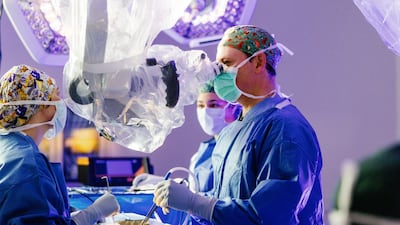Femtosecond (FS) lasers represent the first truly disruptive technology in cataract surgery since the introduction of ultrasonic phacoemulsification in the late 1960s and foldable intraocular lenses (IOLs) in the 1980s. Developments in this arena have come at a rapid pace: laser cataract technology was formally introduced to the ophthalmic community only three years ago, in late 2009, and the first lasers became commercially available in the beginning of 2011. (See Also see "Laser Cataract Surgery: Sorting Out The Business Case" - Medtech Insight, 16 December, 2011..)
Because it became apparent very early on that FS lasers would bring unprecedented precision to cataract surgery, the key questions...
Read the full article – start your free trial today!
Join thousands of industry professionals who rely on Medtech Insight for daily insights
- Start your 7-day free trial
- Explore trusted news, analysis, and insights
- Access comprehensive global coverage
- Enjoy instant access – no credit card required
Already a subscriber?





